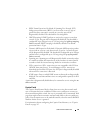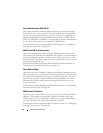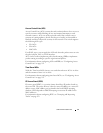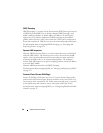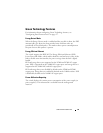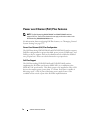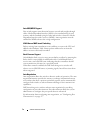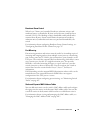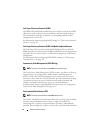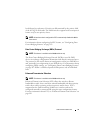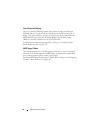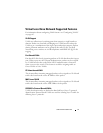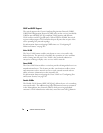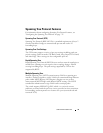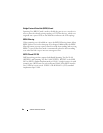
Switch Feature Overview 73
Broadcast Storm Control
When Layer 2 frames are forwarded, broadcast, unknown unicast, and
multicast frames are flooded to all ports on the relevant virtual local area
network (VLAN). The flooding occupies bandwidth, and loads all nodes
connected on all ports. Storm control limits the amount of broadcast,
unknown unicast, and multicast frames accepted and forwarded by the
switch.
For information about configuring Broadcast Storm Control settings, see
"Configuring Port-Based Traffic Control" on page 787.
Port Mirroring
Port mirroring monitors and mirrors network traffic by forwarding copies of
incoming and outgoing packets from multiple source ports to a monitoring
port. Source ports may be VLANs, physical interfaces, port-channels, or the
CPU port. The switch also supports flow-based mirroring, which allows you to
copy certain types of traffic to a single destination port. This provides
flexibility—instead of mirroring all ingress or egress traffic on a port the
switch can mirror a subset of that traffic. You can configure the switch to
mirror flows based on certain kinds of Layer 2, Layer 3, and Layer 4
information.
Dell Networking switches support RSPAN destinations where traffic can be
tunneled across the operational network. RSPAN does not support
configuration of the CPU port as a source.
For information about configuring port mirroring, see "Monitoring Switch
Traffic" on page 407.
Static and Dynamic MAC Address Tables
You can add static entries to the switch’s MAC address table and configure
the aging time for entries in the dynamic MAC address table. You can also
search for entries in the dynamic table based on several different criteria.
For information about viewing and managing the MAC address table, see
"Managing the MAC Address Table" on page 1015.



